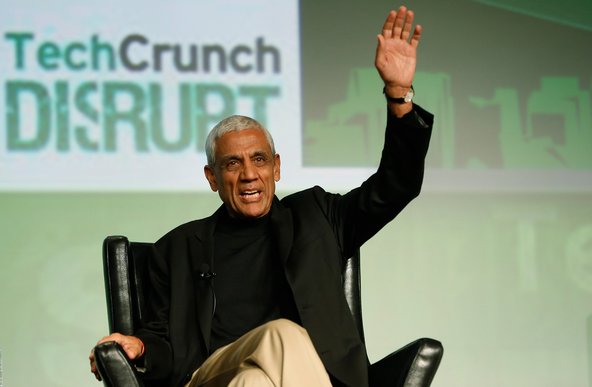The European Union accuses Chinese firms of selling solar panels below cost in Europe, a practice known as dumping, and has already proposed antidumping tariffs of nearly 50 percent on Chinese solar panel shipments. That is one of the largest categories of Chinese exports to Europe and worth about $27 billion a year.
But Germany’s economy minister said that his country had informed the European Commission, which is the executive branch of the European Union, that it opposed proceeding with the solar panel tariffs. If a majority of the European Union’s 27-member states oppose tariffs during the current consultation period, then the commission could be forced to abandon the tariffs. But that could risk undermining the commission’s long-term ability to negotiate trade deals on behalf of the bloc.
Zhong Shao, China’s vice minister of commerce and chief international trade representative, denounced the European Commission for not reaching a deal at the talks, which were held in Brussels.
The commission’s plan to impose tariffs on Chinese solar panels starting on June 6, together with the commission’s preparations to begin a similar trade case against Chinese exports of wireless communications gear, “would seriously hurt the Chinese industries and workers concerned and seriously sour the climate on bilateral trade and economic engagement,” he said in a statement.
He added, “Such practices of trade protectionism are not acceptable to China,” and asked that the European Union to delay the tariffs.
European officials have said repeatedly that they face statutory deadlines for actions in trade cases and have little or no discretion to delay action.
The commission has been discussing the tariffs with member governments; Germany, with large exports to China that could be vulnerable to retaliation by Beijing in any broader trade conflict, has been particularly vocal in calling for a negotiated deal.
Karel De Gucht, the European Union’s trade commissioner, issued an unusually blunt complaint late Monday that China was bypassing the European Union’s leaders by going to member governments. Mr. De Gucht, “also made it very clear to the vice minister that he was aware of the pressure being exerted by China on a number of E.U. member states,” said John Clancy, Mr. De Gucht’s spokesman.
Mr. Clancy added, “It is the role of the European Commission to remain independent, to resist any external pressure and to see the ‘big picture’ for the benefit of Europe, its companies and workers based upon the evidence alone.”
The United States has already imposed antidumping and antisubsidy tariffs totaling about 30 percent on Chinese solar panels. The Obama administration has recently decided to seek its own negotiated settlement with China to replace the tariffs. Such a settlement could take the form of setting high minimum prices for Chinese exports to the United States, a ceiling on the volume of exports, or both.
While Washington, Brussels and Beijing are all saying now they want a negotiated settlement, Chinese solar companies and their many local government patrons are divided on what a settlement should look like.
James Kanter contributed reporting from Brussels.
Article source: http://www.nytimes.com/2013/05/28/business/global/europe-and-china-trade-talks-end-bitterly.html?partner=rss&emc=rss
